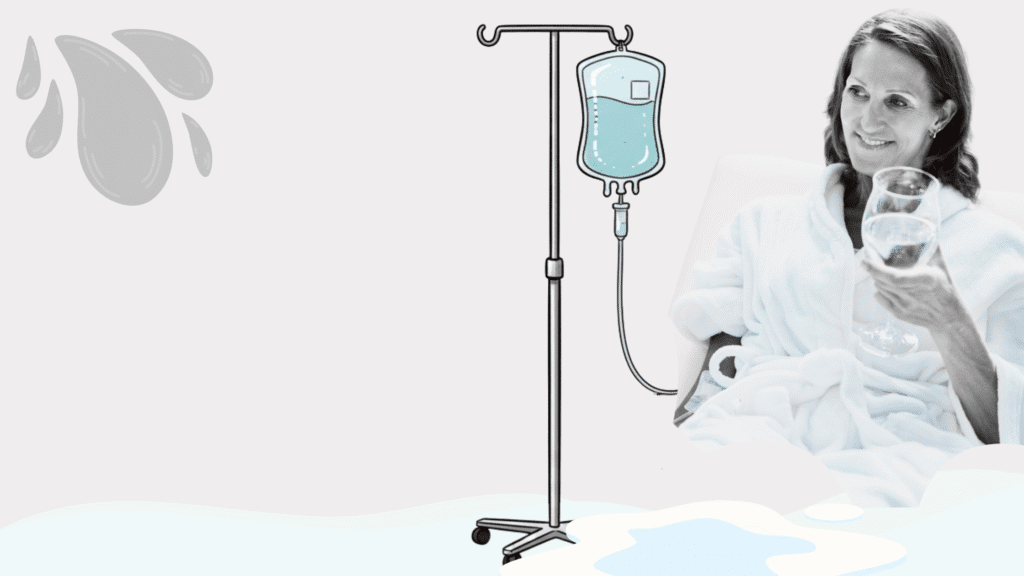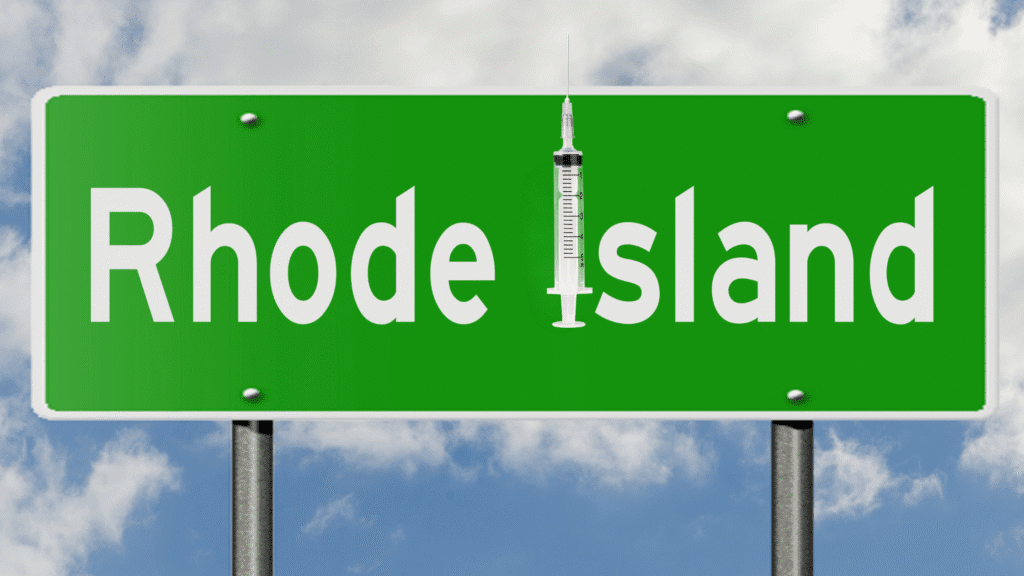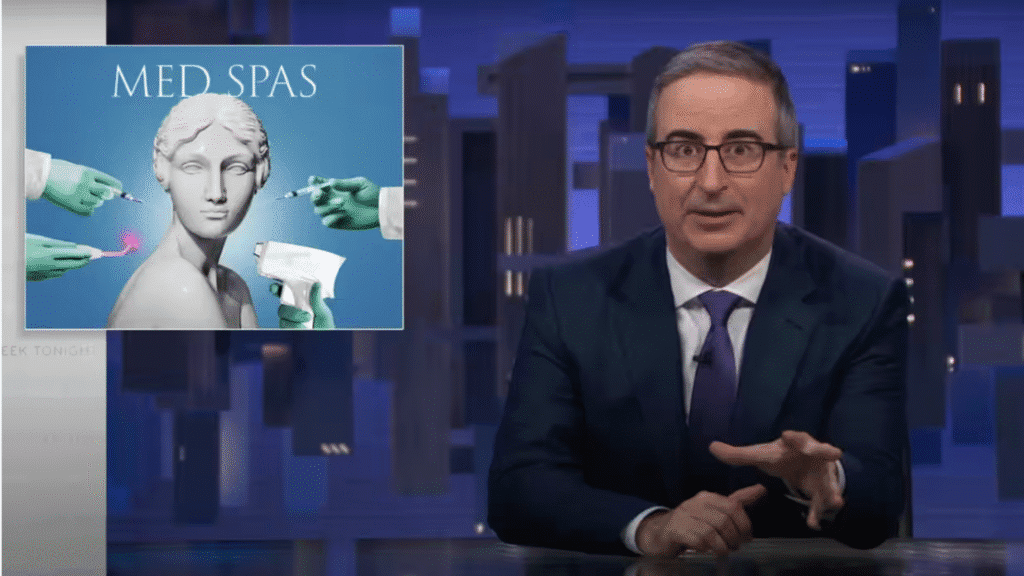I hate math – always have, always will and not sure if this is just me (highly doubt) but when specials or savings or discounts appear in the form of 20% off or 33% off (which should be criminal) I move along real quick. No thank you, too much work – because:
Percentages look like math.
and
Dollar savings feel like victory.
And We Always choose victory!
How to Price Your Holiday Medspa Specials Using Proven Psychology
Holiday promotions are one of the biggest revenue opportunities of the year for medspas. But many practices quietly weaken their own offers by presenting them in ways that don’t align with how people actually make decisions.
The issue isn’t just what you’re discounting. It’s how you present the price.
Below we will talk about how to price and present your holiday medspa specials using proven psychological principles—
Prospect Theory, loss aversion, the anchoring effect, and visual hierarchy
—so your offers feel clear, premium, and compelling.
Why Dollar-Based Savings Beat Percentages
Most medspa promotions sound like this:
-
“20% off Botox”
-
“15% off laser packages”
-
“30% off facials”
The problem?
MATH!
Clients have to pause, estimate the original cost, and calculate the savings. In reality, most won’t bother. I won’t, will you?\
Dollar-based savings, on the other hand, feel immediate:
-
“Save $78 on your Botox treatment”
-
“Save $300 on your laser hair removal package”
The brain processes these as real, tangible wins. The savings feel concrete, and the decision feels smarter.
The Psychology Behind Holiday Pricing (Prospect Theory & Loss Aversion)
I love some good Psychology and these practices aren not marketing tricks – they are backed by behavioral economics.
Prospect Theory explains that people don’t evaluate prices purely logically. They react based on how an outcome feels, especially when it comes to gains and losses.
Within Prospect Theory is the idea of loss aversion:
a loss feels more painful than an equivalent gain feels good.
So:
“20% off Botox” is framed as a gain (which is fine, just fine)
“Save $78 today” quietly implies a loss if they don’t book—
they’re missing out on $78 in value.
When you show the exact amount saved, you tap into that loss-avoidance instinct. Clients feel like they’re protecting their money, not just chasing a deal.
So:
“20% off Botox” is framed as a gain (which is fine, just fine)
“Save $78 today” quietly implies a loss if they don’t book—
they’re missing out on $78 in value.
When you show the exact amount saved, you tap into that loss-avoidance instinct. Clients feel like they’re protecting their money, not just chasing a deal.
The Anchoring Effect: Show Regular Price, Savings, and Final Price
Another psychological principle at work is the anchoring effect.
Anchoring happens when you present an initial number (the “anchor”) that shapes how all other prices are perceived. In medspas, this means:
-
Show the regular price
-
Show the dollar amount saved
-
Show the final price
For example:
-
Regular: $390
-
You Save: $78
-
Holiday Price: $312
The regular price anchors the value of the treatment. The savings feel bigger because they are compared against that anchor. The final price feels like a smart decision, not a random number.
Without an anchor, the discount floats in a vacuum and loses impact.
How to Structure Your Holiday Medspa Specials
For each offer, clearly show the treatment name, regular price, exact dollar savings, and the final holiday price. Percentages can be added in parentheses, but the dollar amount should carry the emotional weight of the offer.
When it comes to holiday medspa specials, the goal is not just to discount—it’s to:
-
Protect your luxury positioning
-
Communicate value clearly
-
Make the decision feel emotionally satisfying
You do that by:
-
Using dollar-based savings instead of only percentages
-
Leveraging Prospect Theory and loss aversion
-
Presenting prices with the anchoring effect in mind
-
Supporting it visually with color and hierarchy
The result: offers that feel premium, not cheap—and calendars that fill up faster.
FAQ: Holiday Medspa Pricing & Psychology
Q: Should medspas use percentages or dollar amounts when advertising holiday discounts?
Dollar amounts usually perform better because they feel real and immediate. Percentages are abstract and require mental math. A simple “Save $78” is easier for clients to understand than “20% off.”
Q: What psychological principle affects how customers perceive medspa deals?
Prospect Theory—especially loss aversion—shapes how clients respond to offers. People are more motivated to avoid losing value than to gain vague benefits, which is why “Save $78” is powerful.
Q: How does the anchoring effect increase conversions for medspa promotions?
By showing the regular price first, you anchor the value of the service. When you then present the savings and final price, clients perceive the deal as more compelling and easier to justify.
Q: Why do medspas need to present value differently from retail stores?
Medspas sell high-touch, results-driven, often medical-adjacent services. You want promotions to feel like intelligent investments in self-care, not clearance-bin discounts. Structure and tone matter.
Q: How should I format my Black Friday or holiday promotions?
Use a consistent structure: treatment name, regular price, clear dollar savings, and final price. You can include percentages in parentheses, but let the dollar savings take the lead.
Not Enough Time to Create Marketing That Converts?
Most medspa owners have the ideas — they just don’t have the hours.
The Medspa Marketing Suite gives you 90%-done-for-you content, templates, and copy so you can promote treatments without losing your sanity.



























